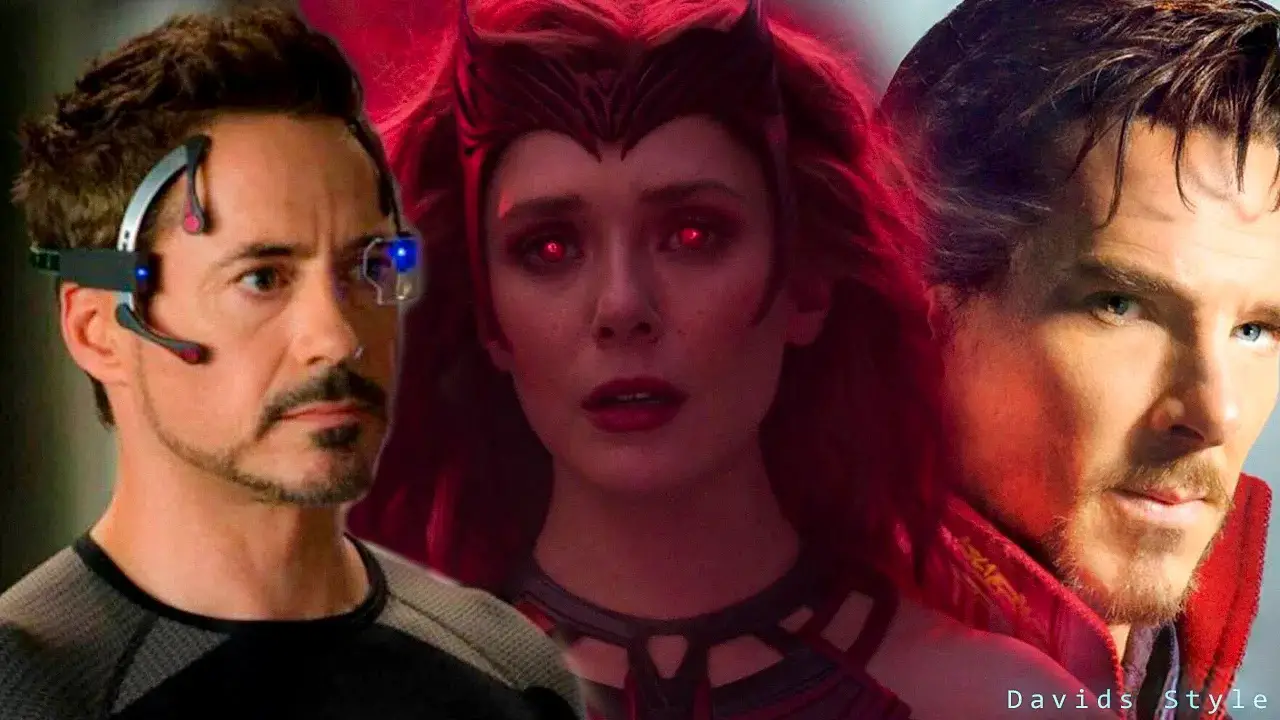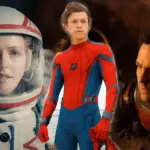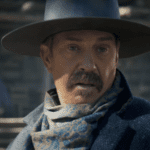As the Marvel Cinematic Universe continues to expand, it’s clear that Marvel Studios took some major risks that have paid off. Despite the existence of superhero movies for several decades prior to the MCU, Marvel took on the challenge of creating an interconnected franchise based on comic books. This idea was not a given, and it required numerous leaps of faith. Nevertheless, the MCU has been a tremendous success, thanks in large part to the visionary decisions made by its creators, such as casting choices and Easter egg placements. While it may seem like an obvious goal today, it was a much less likely idea before the MCU emerged as a blockbuster force. The MCU’s immense success has cemented superheroes as a major presence in modern cinema.
Robert Downey Jr.’s Casting as Tony Stark: A Bold Move That Paid Off in Iron Man
Since the inception of the MCU, Robert Downey Jr. and his character Tony Stark, aka Iron Man, have been at the heart and soul of the franchise. Even after Tony Stark’s death in Avengers: Endgame, Iron Man’s legacy continues to play a significant role in the Multiverse Saga. However, before Iron Man’s release in 2008, casting Robert Downey Jr. in a blockbuster movie was considered a risky move due to his personal struggles and the bad publicity that had plagued his career. Despite executive pushback, Marvel Studios head Kevin Feige and Iron Man director Jon Favreau insisted on casting Downey Jr. for the role, which turned out to be a game-changing decision. The rest is history, as Downey Jr.’s portrayal of Tony Stark became iconic and helped launch the MCU to new heights of success.
Iron Man’s Post-Credits Scene: The Avengers Tease That Changed Everything
The possibility of a live-action Avengers movie was a long-standing idea before it finally came to fruition in the MCU, but its success was far from guaranteed in the beginning. Iron Man initially focused on establishing its titular hero before teasing a possible crossover event. Despite this, Samuel L. Jackson’s appearance in Iron Man’s post-credits scene explicitly set up The Avengers, representing Marvel’s promise to fans who stayed after the credits, a time when post-credits scenes were not yet commonplace.
The Incredible Hulk, Thor, or Captain America’s commercial and critical failure could have easily jeopardized Iron Man’s post-credits scene promise. Similar to how various sequel set-ups in the MCU and other franchises, like the DCEU, have failed to pay off. However, Phase 1’s success ensured the arrival of The Avengers, which, in turn, guaranteed another daring post-credits scene. This time, it teased an even bigger event: Thanos’ first-ever MCU appearance several years before Avengers: Infinity War and Avengers: Endgame, setting the stage for an unforgettable cinematic experience.
Taking a Gamble: Bringing Lesser-Known Marvel Characters to the Forefront with Their Own Movies
Iron Man, Thor, and Captain America have long been fan-favorite superheroes in Marvel Comics. However, when they were first adapted to the big screen, they weren’t as well-known as other Marvel movie protagonists like Spider-Man, Hulk, and the X-Men. The success of The Avengers could have easily led Marvel to focus solely on the original six heroes and their direct sequels. However, the studio took a risk and introduced lesser-known characters such as the Guardians of the Galaxy and Ant-Man, who had limited exposure to mainstream audiences.
Marvel continued to push the envelope by giving characters like Peggy Carter and Agent Coulson their own shows, while more established heroes like Doctor Strange, Black Panther, and Captain Marvel were also introduced. With the MCU’s ever-expanding popularity, Marvel is now confident in creating projects for even more obscure characters such as Echo and Wonder Man.
The MCU’s Master Plan: Meticulously Planning Years Ahead for Cinematic Success
Creating the MCU required a significant amount of improvisation. The connection between Tony Stark’s appearance in The Incredible Hulk and The Avengers was not completely thought out, and even during the filming of Iron Man, Robert Downey Jr. and director Jon Favreau shaped the movie without a solid script. Nevertheless, producer Kevin Feige had a clear vision of the franchise’s future, and Marvel’s strategy of gradually building up to each Avengers movie demonstrated their foresight. While the possibility of one or more projects flopping could have forced them to alter their plans, Marvel moved ahead with their vision regardless. The Civil War adaptation, Spider-Man’s introduction, and the final battle between the Avengers and Thanos were once considered implausible concepts, but they came to fruition because Marvel had long been working toward them. In the end, the MCU found a balance between ambitious planning and flexibility that allowed the franchise to flourish.
Staying the Course: How the MCU Kept its Vision Despite Critical and Box Office Setbacks
Although the MCU achieved great success, it wasn’t immune to difficulties that threatened its existence. For example, The Incredible Hulk failed to receive positive reviews, and Thor: The Dark World fell short of expectations after the smash hit The Avengers. Marvel could have panicked and changed their approach to please audiences and critics, but they chose to remain committed to their original vision and adapt along the way. The Hulk’s character was revamped to become more personable, Thor embraced humor, and the stakes were raised in subsequent films, leading to the more dramatic Captain America: Civil War and the heartbreaking Avengers: Infinity War.
The MCU’s Next Frontier: Introducing Magic and Time Travel for an Exciting New Dimension.
During the lead-up to the climactic finale of the Infinity Saga in Avengers: Endgame, the Marvel Cinematic Universe (MCU) officially embraced sorcery and magic with characters such as Scarlet Witch and Doctor Strange. While Thor had previously introduced fantastical concepts like mythical gods and Asgardian magic, the MCU had taken a more scientific approach to explain these phenomena. The arrival of Doctor Strange marked a shift towards embracing fantasy, paving the way for witches, demons, dragons, and other extraordinary creatures and concepts that may have been hard to sell previously, when Gamma monsters and Norse gods were the least of the MCU’s fantastical characters.
Furthermore, Doctor Strange and Avengers: Endgame introduced time travel, providing a rationale for the Time Stone and a rematch between the Avengers and Thanos. This also set the stage for the MCU’s subsequent saga, introducing the concept of the multiverse as an easier-to-digest extension of the already fantastical elements within the franchise. With films such as Spider-Man: No Way Home and Doctor Strange in the Multiverse of Madness, the MCU is now able to explore more outlandish concepts while still having room for grounded, more realistic movies like Captain America: The Winter Soldier.














